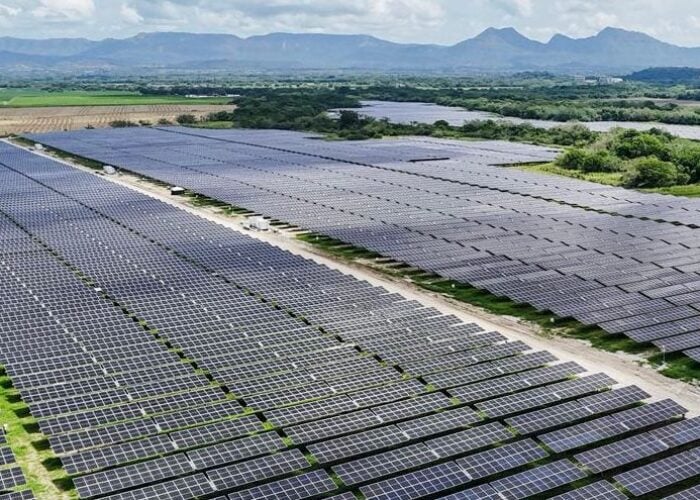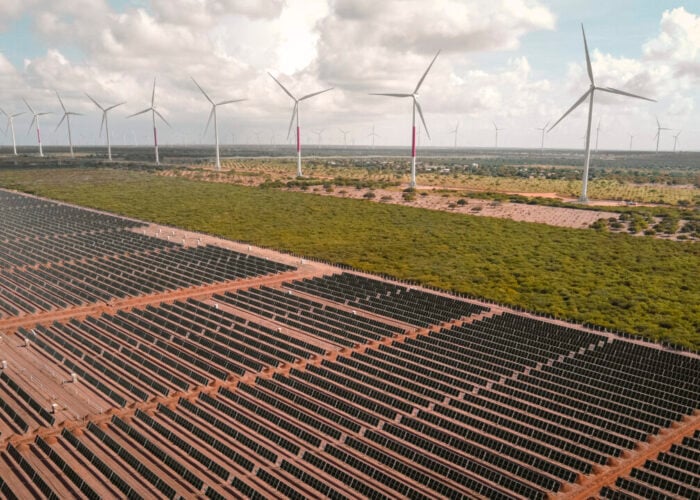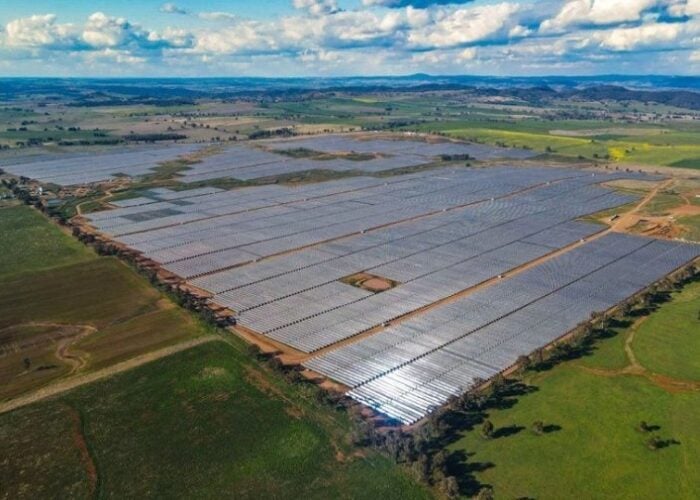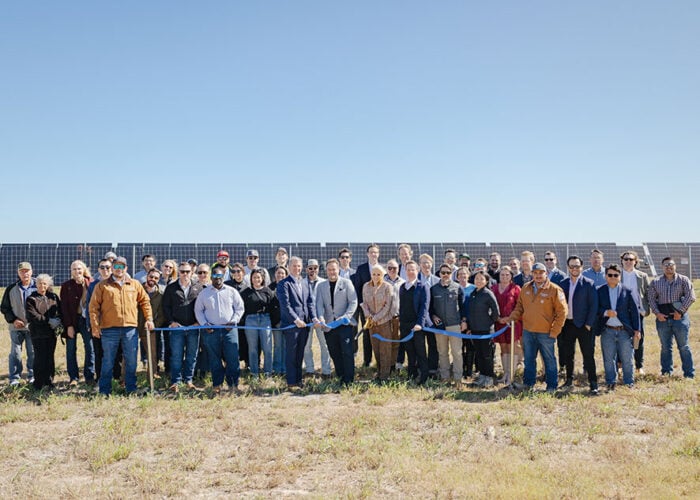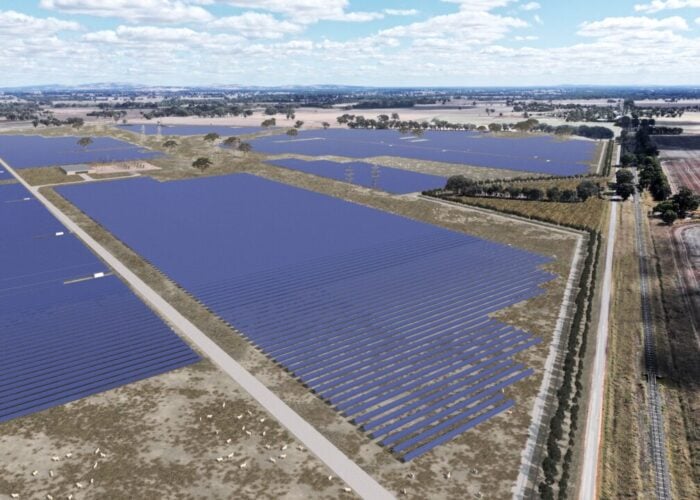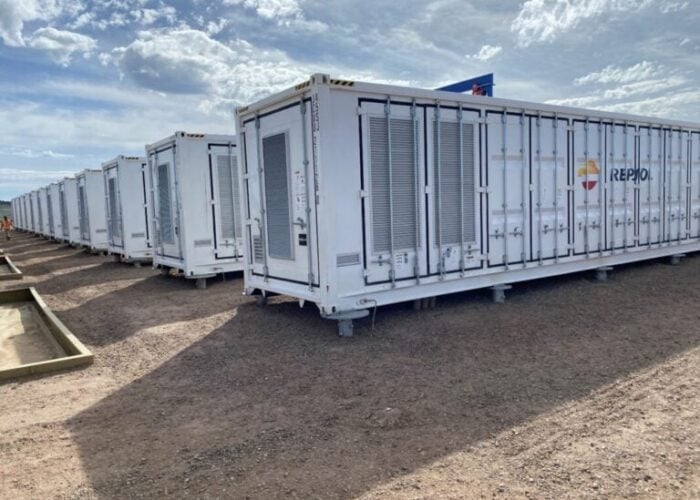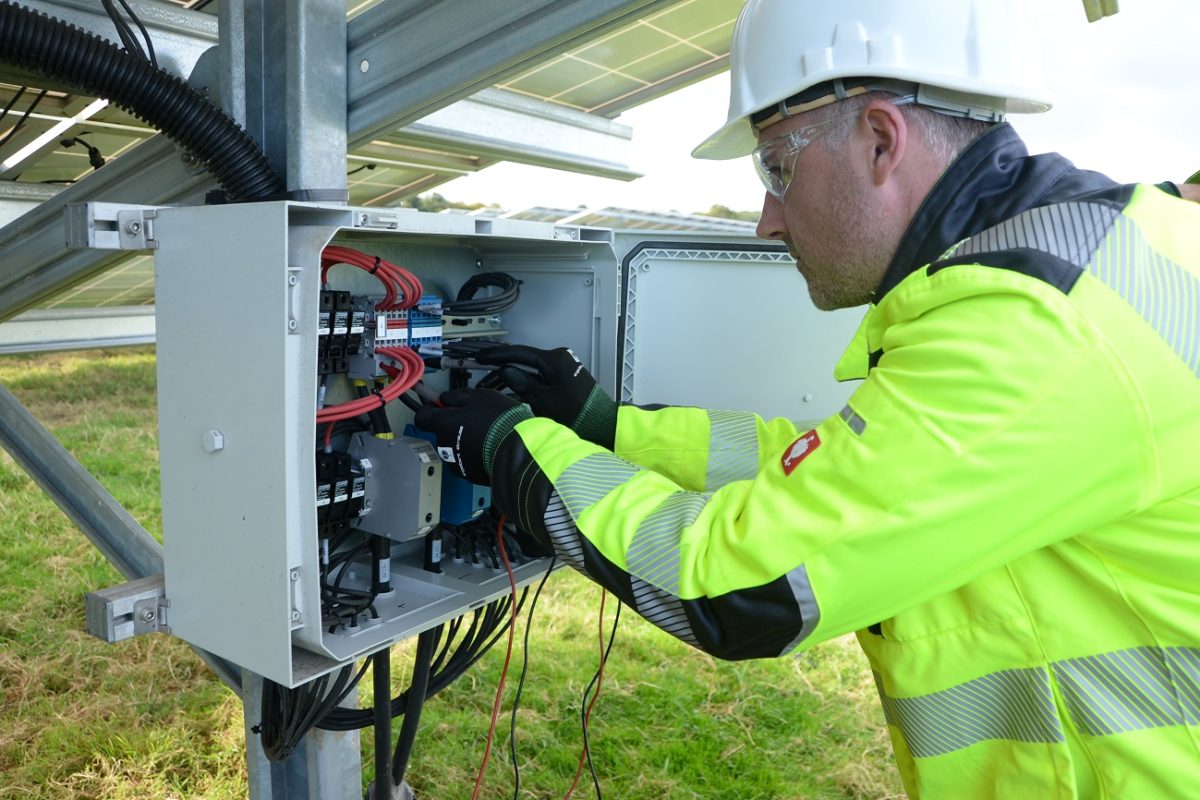
Commissioning is the process of assuring that all systems and components of a PV plant are designed, installed, tested, operated, and maintained according to the operational requirements of the project’s owner or final client. In the utility-scale PV industry, where the entity that developed, or built, the plant, is unlikely to be the plant’s owner, or sole owner, throughout its operational life, or where there are different investors – lenders as well as equity shareholders – commissioning procedures are important to ensure the asset performs reliably and safely while output is optimised.
Done thoroughly and properly commissioning helps improve safety of the plant and quality control, as well as ensure the asset meets relevant grid compliance codes and standards, and will perform as expected. The tests that are performed in some of the commissioning procedures can also provide a benchmark against which periodic inspections and routine maintenance activities are carried out during the PV plant’s entire operational lifetime.
Try Premium for just $1
- Full premium access for the first month at only $1
- Converts to an annual rate after 30 days unless cancelled
- Cancel anytime during the trial period
Premium Benefits
- Expert industry analysis and interviews
- Digital access to PV Tech Power journal
- Exclusive event discounts
Or get the full Premium subscription right away
Or continue reading this article for free
DNV GL senior engineer Ralf Meyerhof says: “Commissioning ensures that the PV plant investors’ expectations are achieved. From an investor’s perspective a successful PV asset is designed, constructed and operated to achieve optimal output, maximising revenues. Projects, therefore, have financial and economic considerations where the operational strategy is looking to maximise revenues and financial performance. Commissioning, prior to connecting to the grid, identifies any issues or problems that need to be rectified and also ensures the plant will operate safely.”
According to PV plant commissioning practitioners and specialists, such as Enertis, DNV GL and Alectris, commissioning is also key phase from a contractual point of view, whereby the title of the project transfers from the contractor to the owner, documented in the form of a provisional acceptance certificate (PAC).
The PAC is critical for the warranty period, which is typically two years, according to DNV GL solar section head Ruben Ron. “Once the PAC is obtained the engineering, procurement and construction (EPC) provider is responsible for fixing any faults etc that occur within the warranty period.”
“If commissioning steps are missed, the risk is that you don’t pick up module cracking, damaged cables for example,” says Ron.
Commissioning concept
While commissioning can seem like an exhaustive process of checks, done properly it becomes a key procedure throughout the plant’s installation, from the moment that components are delivered to site.
Meyerhof uses the analogy of a tree to explain how the commissioning process should ideally be conducted: the strings are leaves, inverters are branches and the substation is the trunk. You commission from the leaves to the trunk. You don’t just commission the substation at the end. The correct approach to commissioning occurs subsection by subsection, to ensure that all components are working properly.
“When we talk about subsections we mean strings, which comprise about 25-30 modules. In strings for example you are testing for voltage and current.”
Commissioning procedures have become common practice since the early years of Germany’s solar market, Meyerhof explains. “When average system sizes were in the kilowatts, then megawatts, then multi-megawatts and eventually up to plants with capacities of 100MW or more, that we see today….the practice is fundamentally the same in that you start by commissioning from the smallest subsystems until the largest,” he says.
How commissioning can influence long-term financial performance
Performance ratio (PR) is the ratio of measured output to expected output for a given reporting period based on the PV plant’s name-plate rating.
To objectively measure the plant’s PR it is important to have a suitable procedure in place from the contract phase and to demonstrate the plant has been commissioned and has reached a state of operation in which all equipment is functioning normally, explains Enertis owner’s engineer manager Jose Merlo.
He says: “Once this has happened, the main thing is to ensure that the equipment from which the inputs for the PR calculation are collected are working normally, for example, the plant meter or the meteorological stations. These are sensitive pieces of equipment so must be cleaned and handled with care.
“This project performance check is important in order provide the first benchmark to the owner that the plant is operating in conditions consistent with the design and financial considerations that were originally specified.”
Cold commissioning and hot commissioning steps
PV plant commissioning occurs in two main phases: cold commissioning and hot commissioning. The latter occurs when the plant is temporarily grid connected, to enable critical checks of how the plant and specific components within it perform when energised, as the PV plant is an electrical asset.
This is an extract of an article first published in Volume 23 of PV Tech Power. The full article can be read here, or in the full digital copy of PV Tech Power 23, which can be downloaded for free here.

